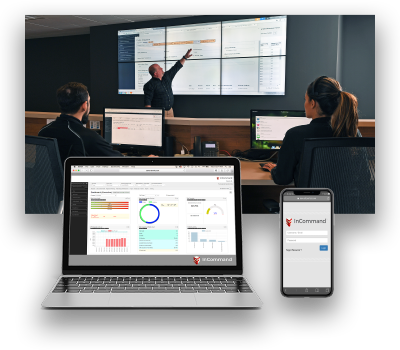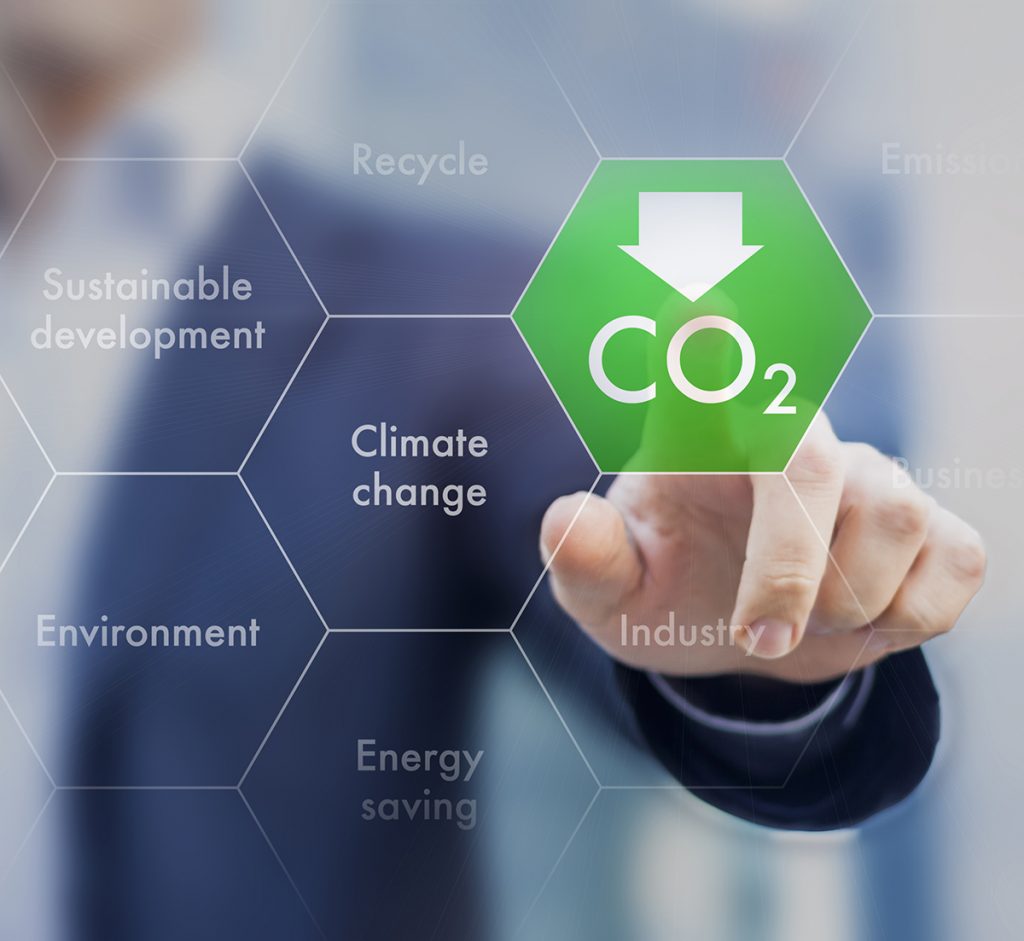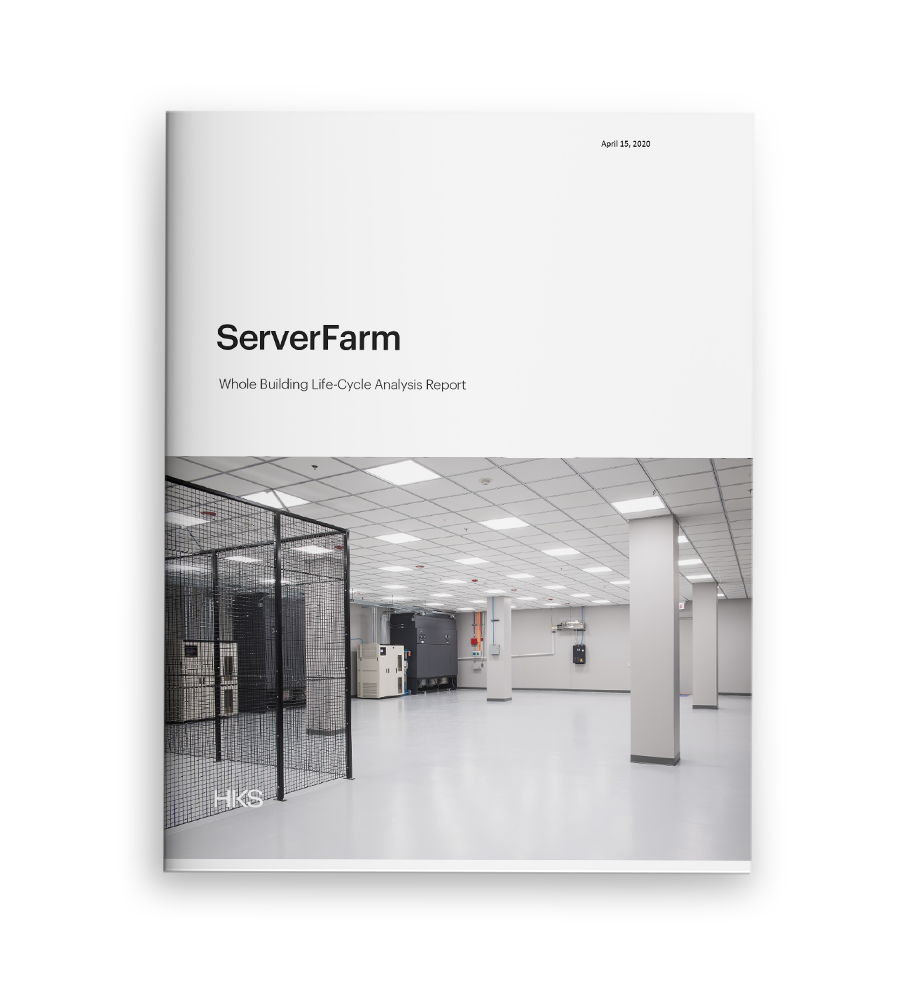The risks and costs are lower. The embodied carbon cost of new materials is avoided. The life of the existing asset is extended. Power and connectivity are already available. The infrastructure debt is turned into a sustainability credit.
Multiple tiers can be enabled within the same site (ultimate flexibility). Power and cooling infrastructure modernization and upgrades can match or even outperform the efficiency of new builds.
With refurbishment, complete transparency on project costs is standard. Once completed, the enterprise takes possession of a full cloud-optimized operation where every physical aspect of the data center is managed for efficiency and performance.
To determine the embodied carbon cost of data centers, in 2020, Serverfarm asked HKS, an international design firm, to examine the operations of Serverfarm’s Chicago data center using a Whole Building Life-Cycle Analysis.
The facility is a six-story building of just under 150,000 square feet with a capacity for housing more than 4,000 server cabinets. With a rack consumption of 61,320 kWh, the building consumes 25MW of power annually. If such a building were to be constructed today using standard materials, the carbon cost, carbon dioxide equivalent or CO2e, would be 9,425,673kgs. The carbon costs were itemized by material, including concrete, steel, glass, wood, plastics, composites, thermal and moisture protection, openings and glazing, and finishes. The factors analyzed by HKS covered potential for global warming, acidification, eutrophication, smog formation and cost of production in non-renewable energy.







